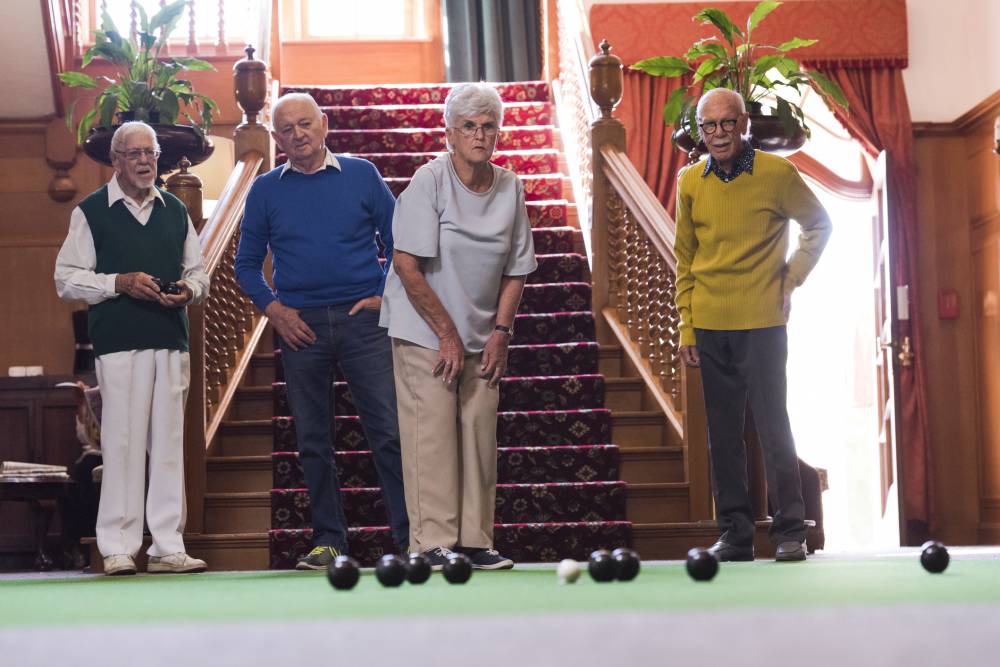
New data confirms that the Australian retirement living sector is trending towards a greater proportion of vertical communities and a growing number of new developments are providing a wider variety of services to residents than ever before.
The annual PwC/Property Council Retirement Census for 2018 shows that nearly 30% of all new retirement communities under development have vertical village components, compared to 15% of existing developments, as baby boomer retirees show more of a preference for apartment living.
Other key findings show:
Ben Myers, Executive Director – Retirement Living at the Property Council of Australia, says the Census shows how the industry is responding to changing resident needs, but also highlights some challenges for the industry.
“Despite a strong pipeline of units coming to the market over the next four years, the industry is struggling to access land and planning approvals to supply purpose-built housing for rapidly increasing number of older Australians,” Mr Myers said.
“Just as interesting is the trend towards a fuller service offering that goes well beyond housing. Modern retirees are seeking a more holistic solution, including easy access to health services on site and a range of recreational options.
“The Census also confirms some challenges the industry will look to address in 2019 – time on market for re-sales is increasing, reflecting a broader real estate trend as the residential market cools.”
Tony Massaro, PwC Real Estate Advisory Partner and specialist in the retirement living sector, says the 2018 Census reflects an industry that is becoming more sophisticated.
“The broader range of facilities offered, an increase in vertical villages and greater variety and flexibility of fee structures reflects a determined focus on meeting the demands of the next generation of retirees,” Mr Massaro said.
“Furthermore, the affordability statistic which shows the median price of a two-bedroom unit as compared to the median house price for the same postcode is good news for seniors who are downsizing from homes that they own.”
“There are, however, some challenges that the industry is facing – this asset class has a positive correlation to the residential market, which is facing headwinds. While occupancy is still strong at 89%, it is slightly down from past years.”
More than 68,000 units were represented in the 2018 PwC/Property Council Retirement Census, a new record for the annual report.
A copy of the 2018 Retirement Living Census is available here.
Please note: the image used to illustrate this article does not represent actual people or events.